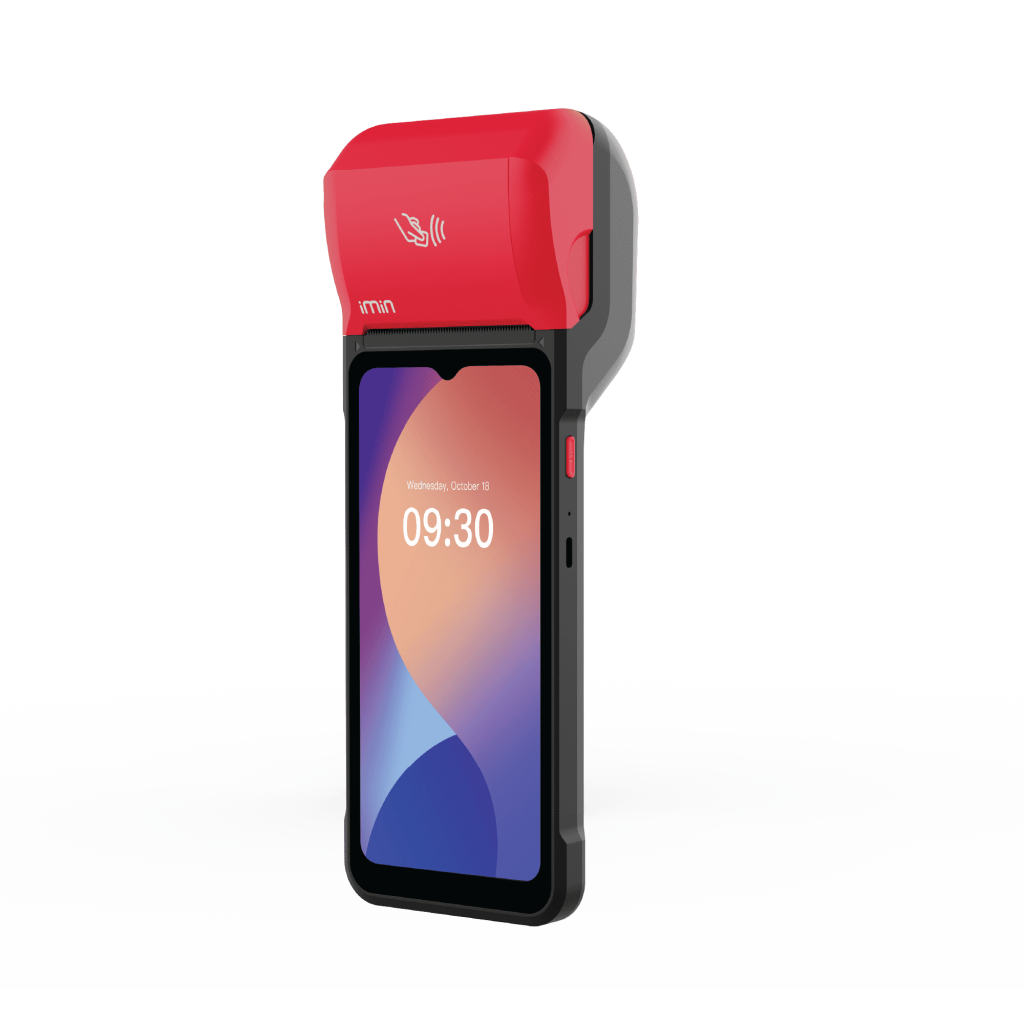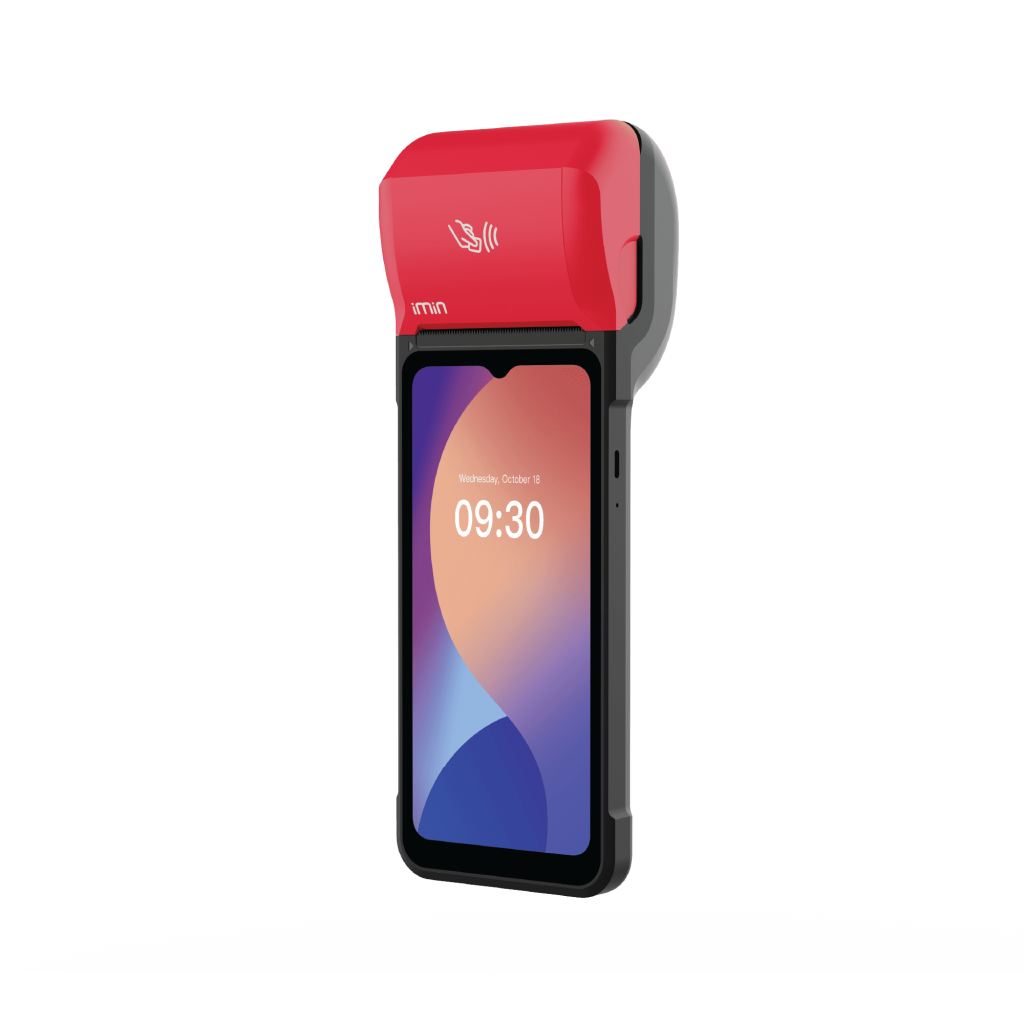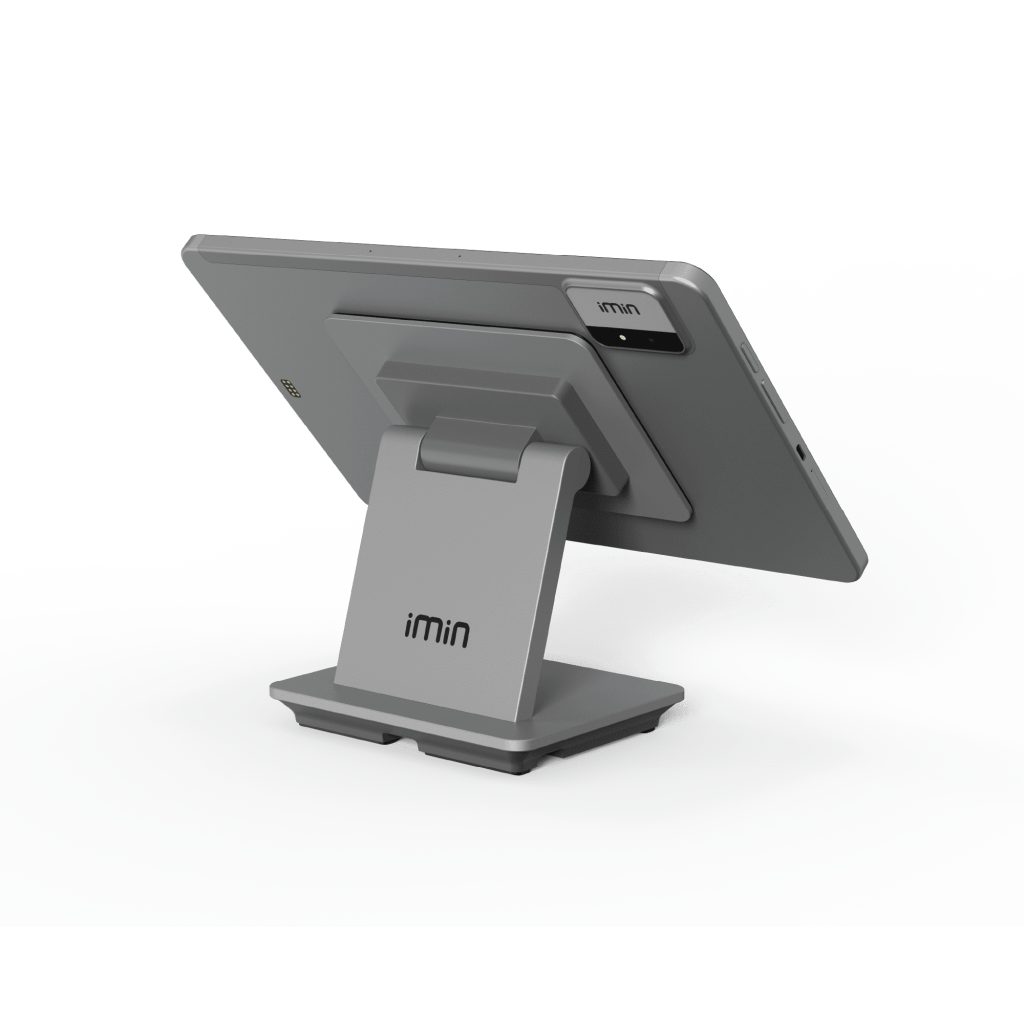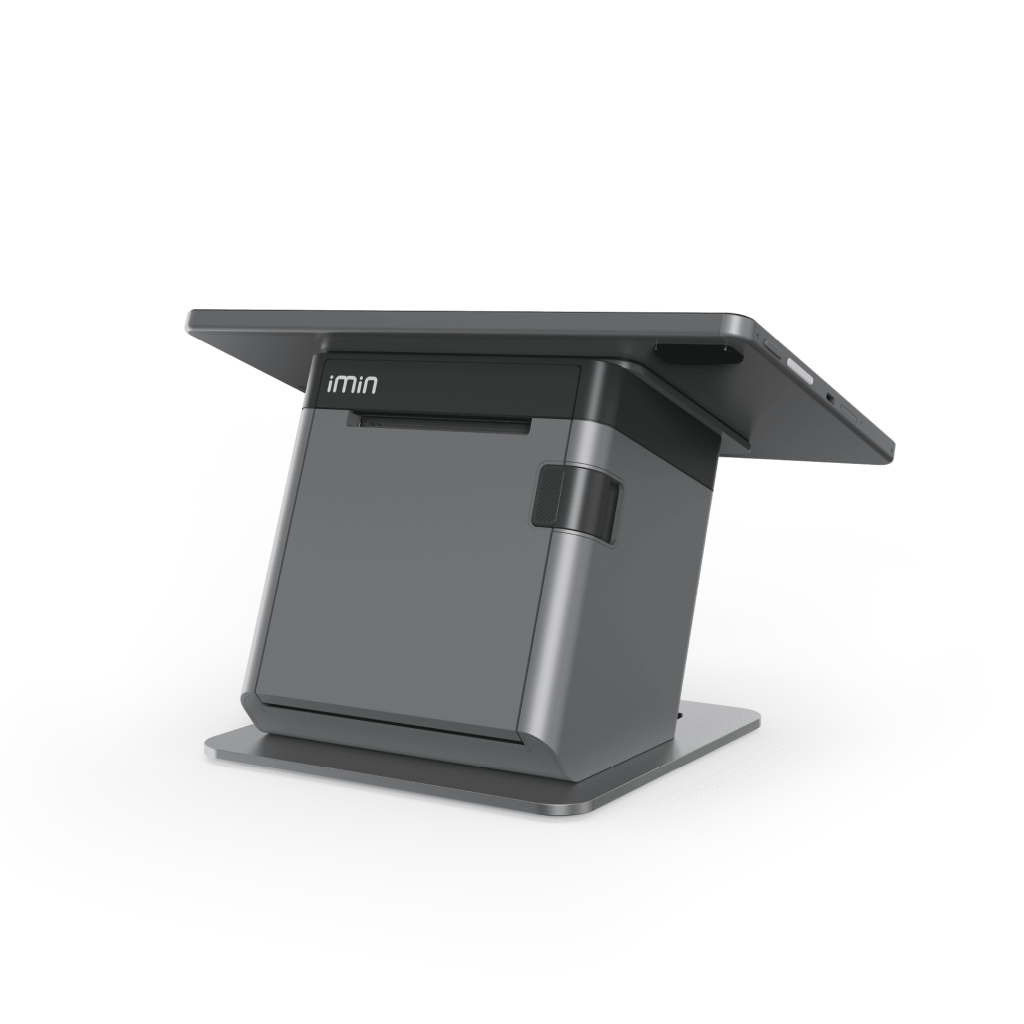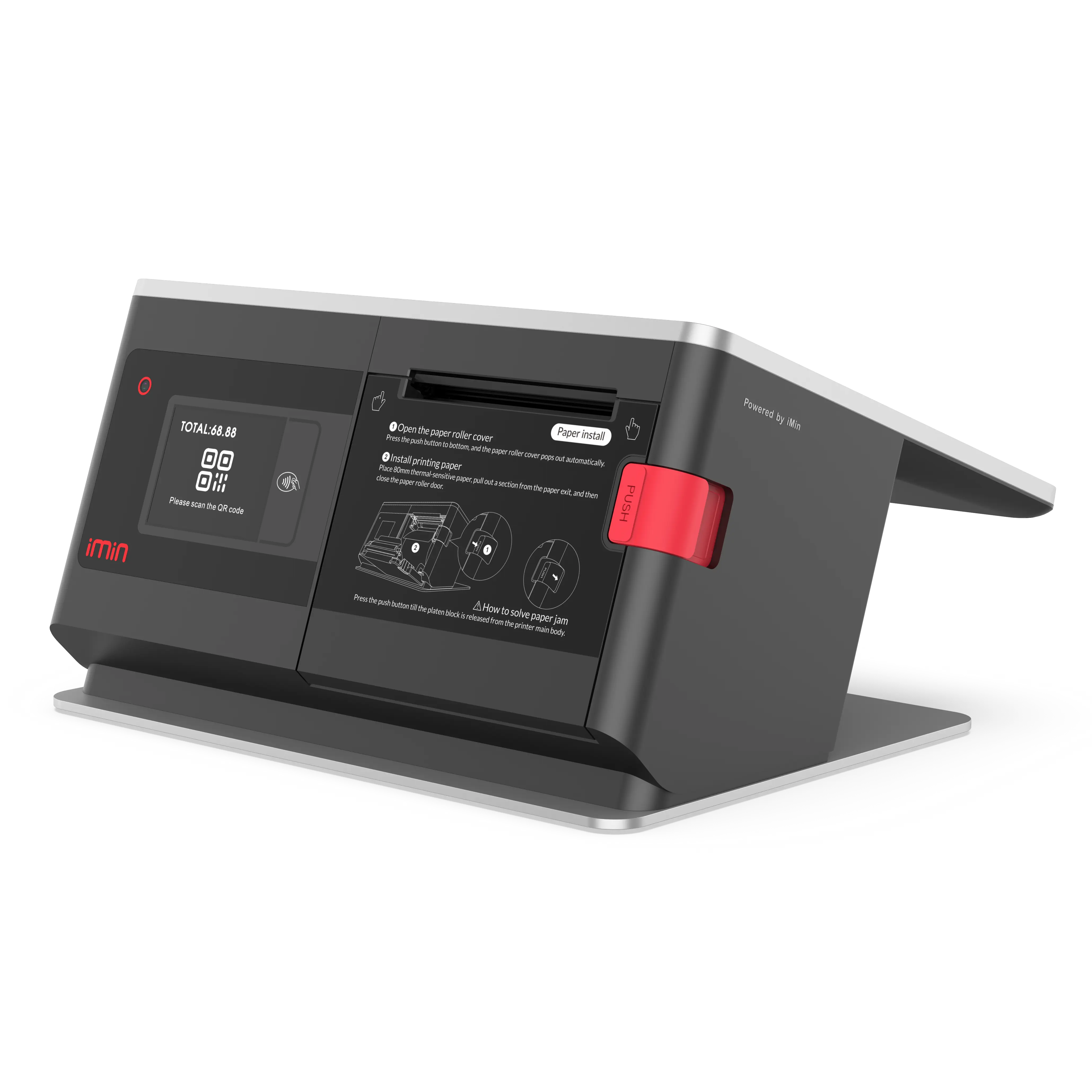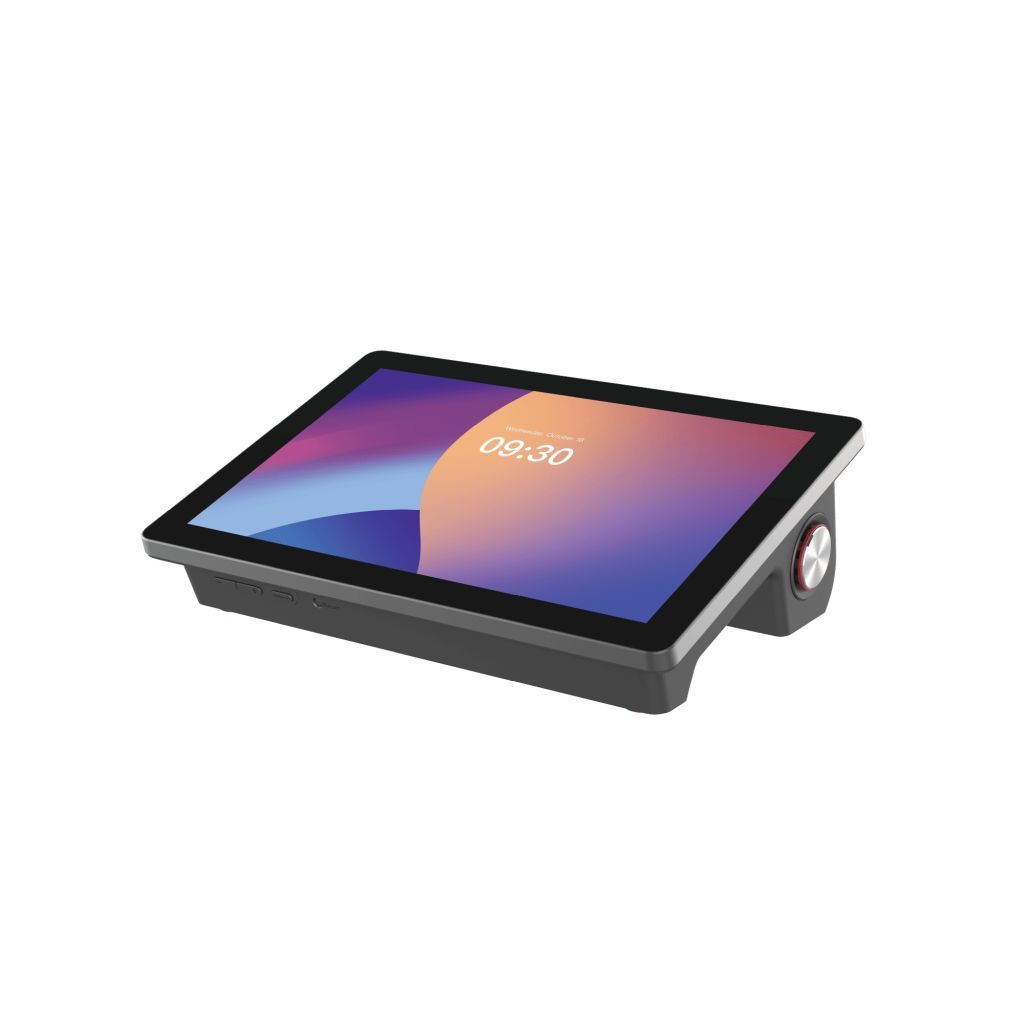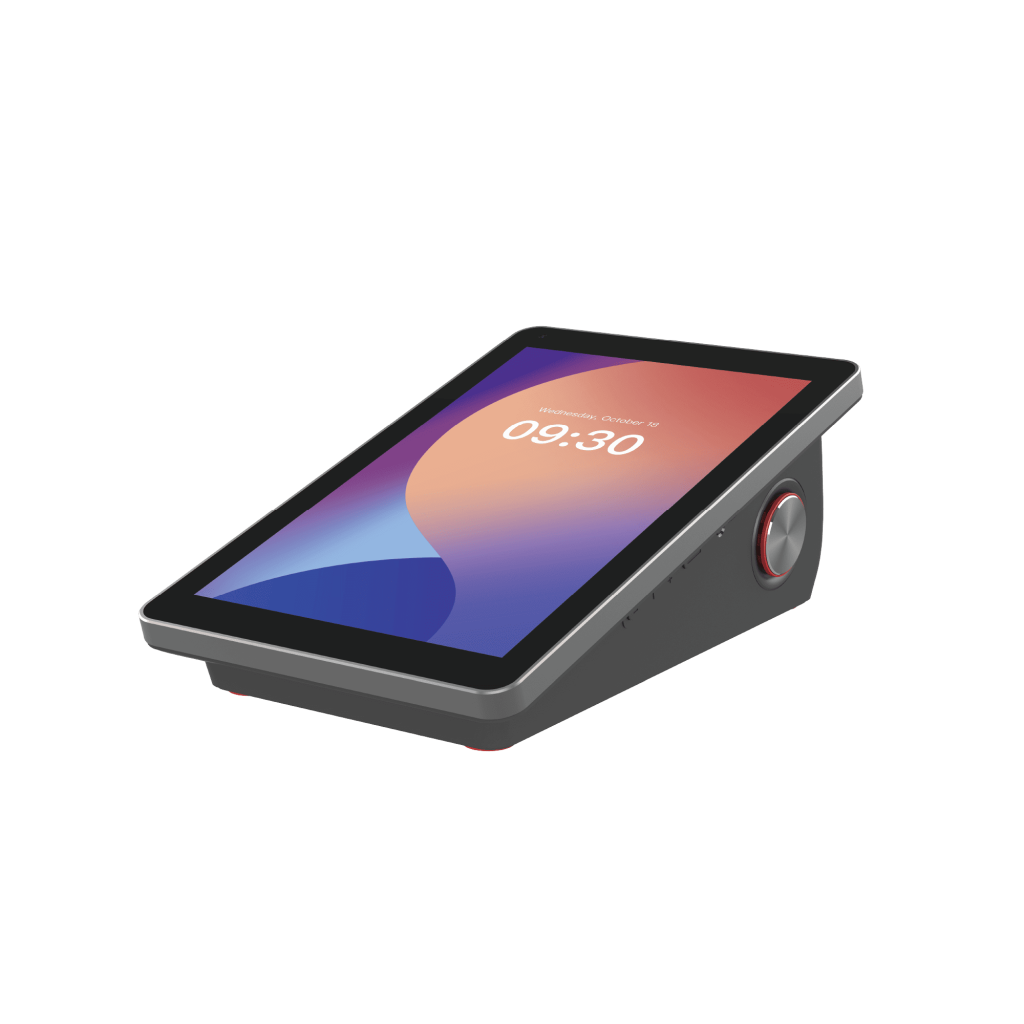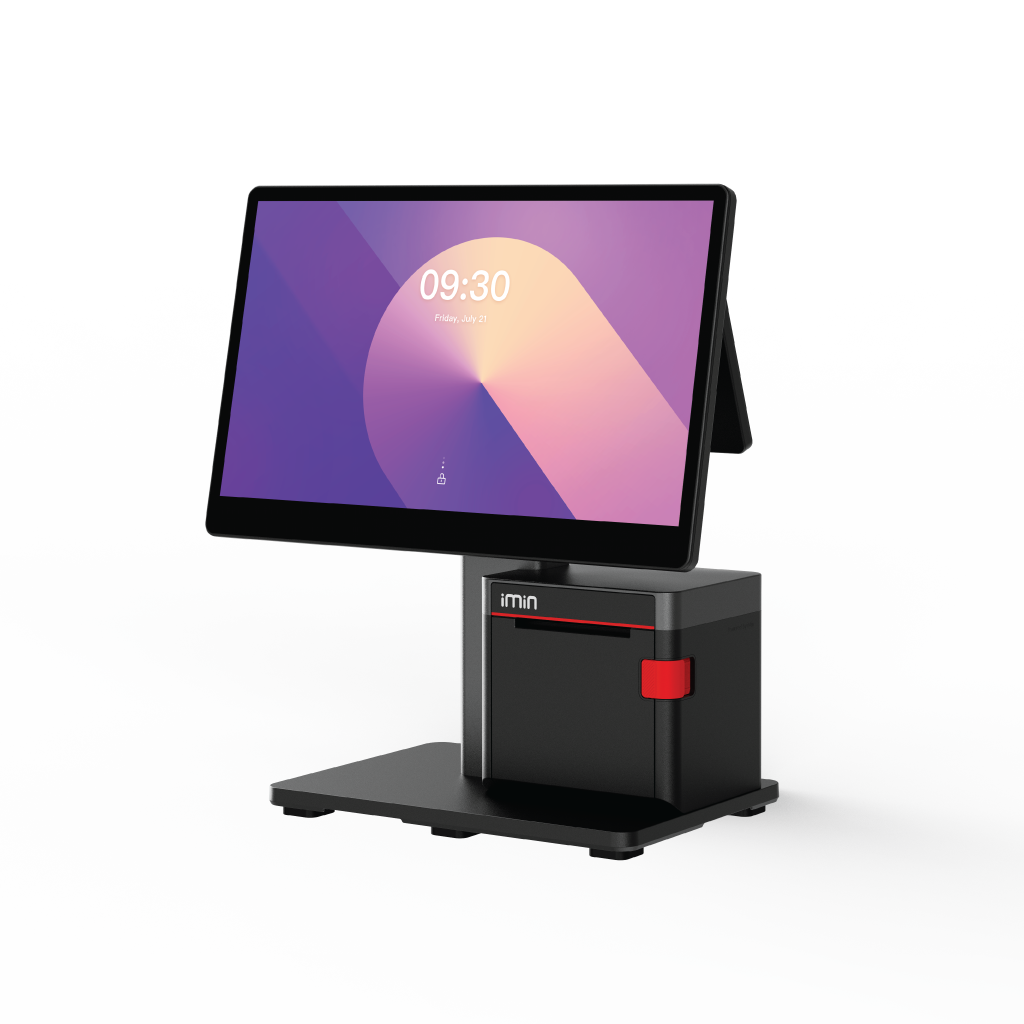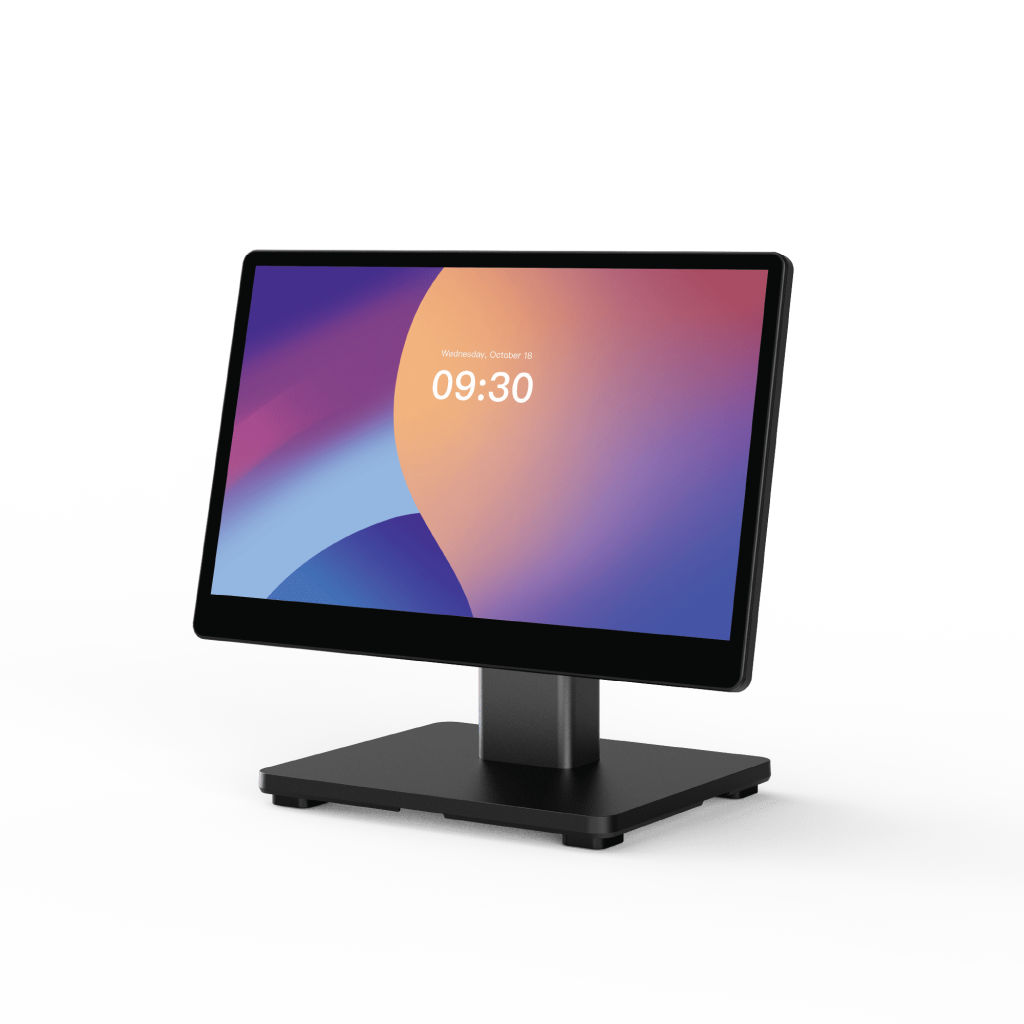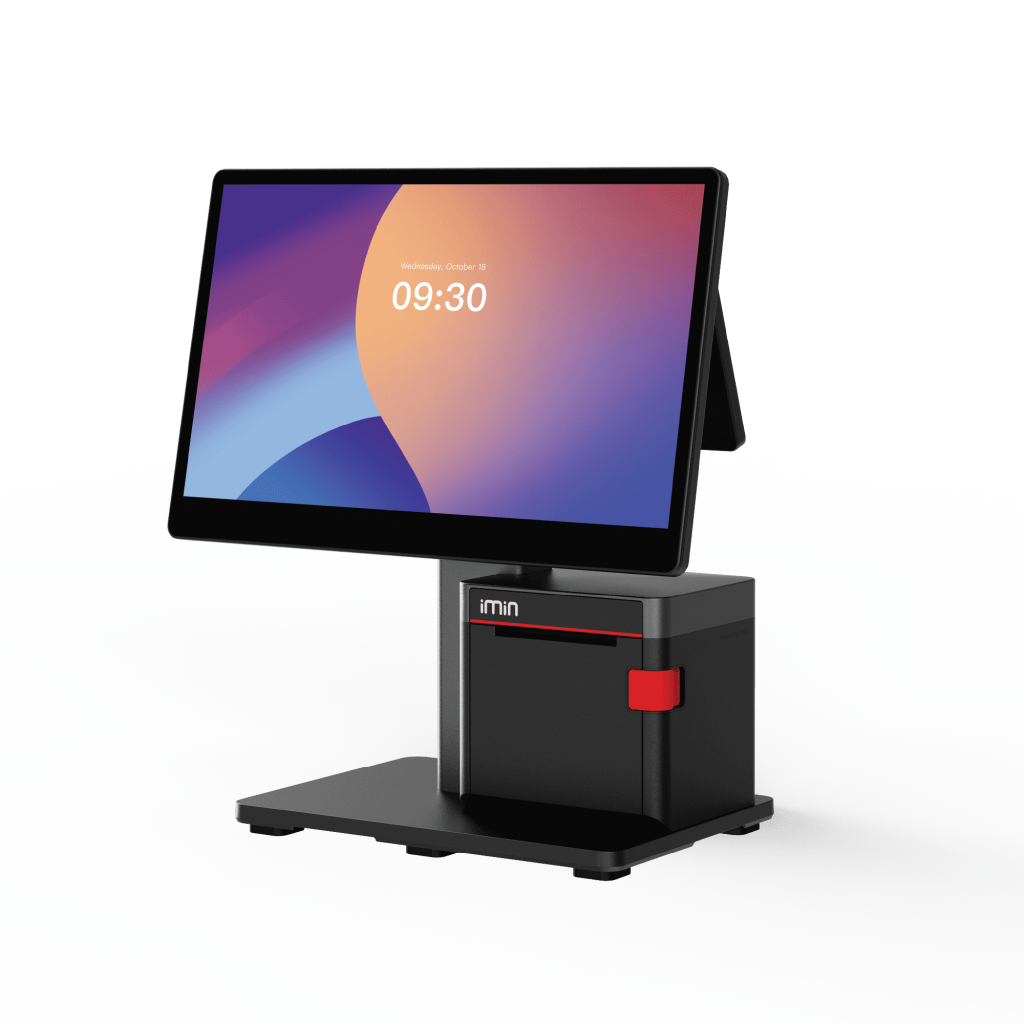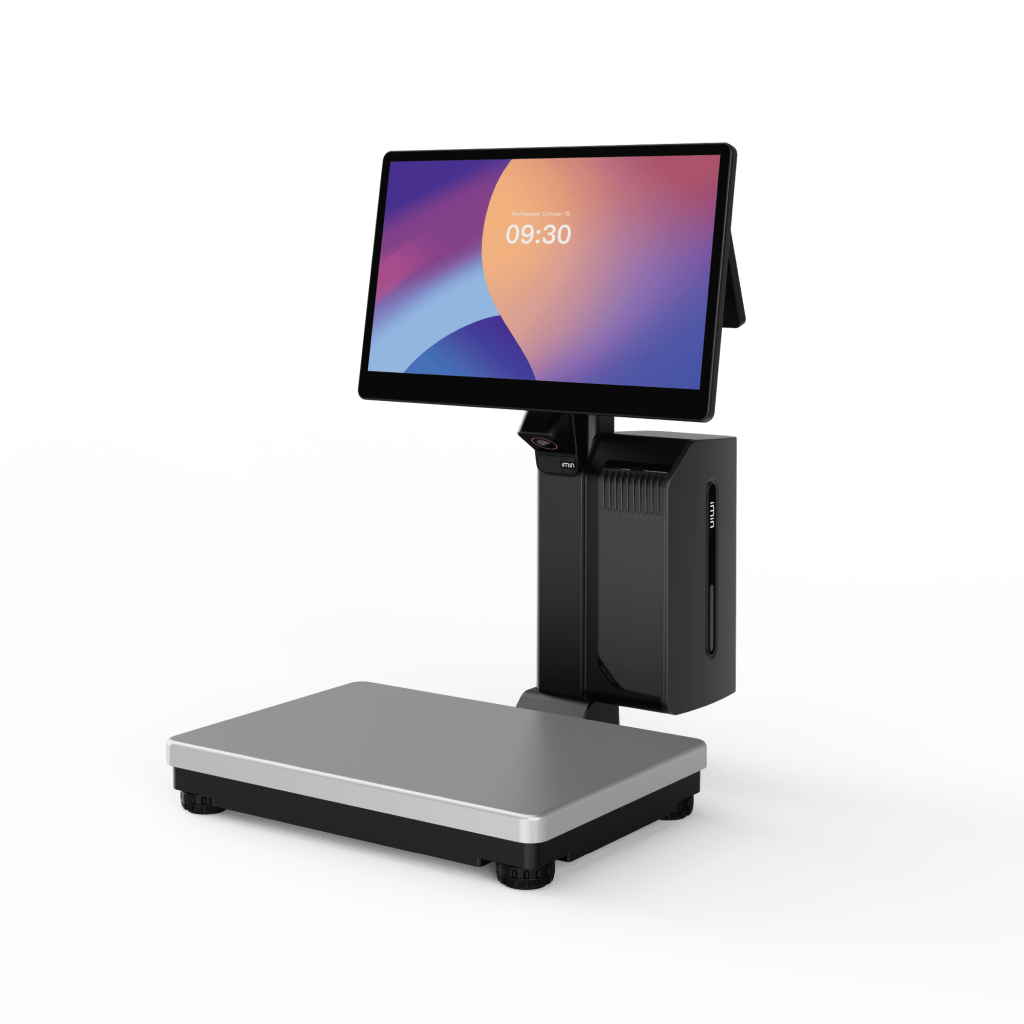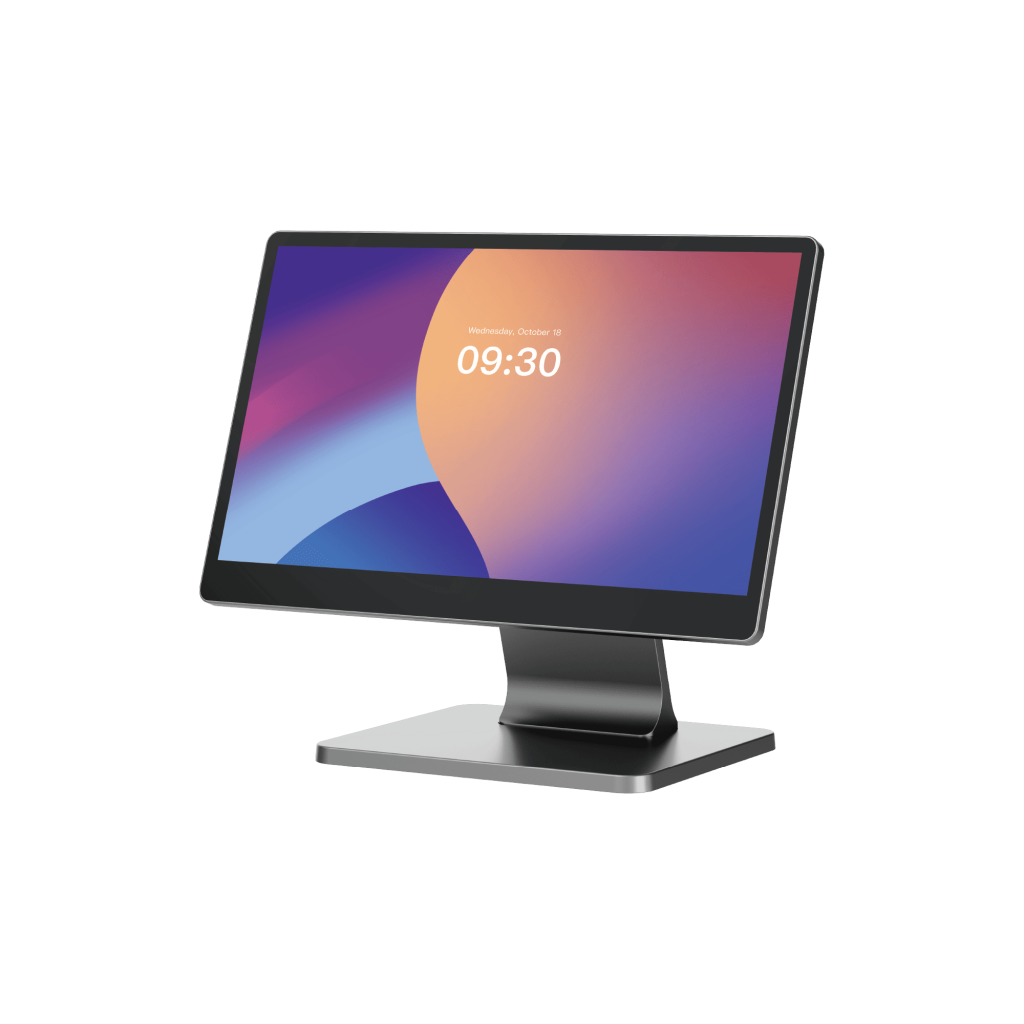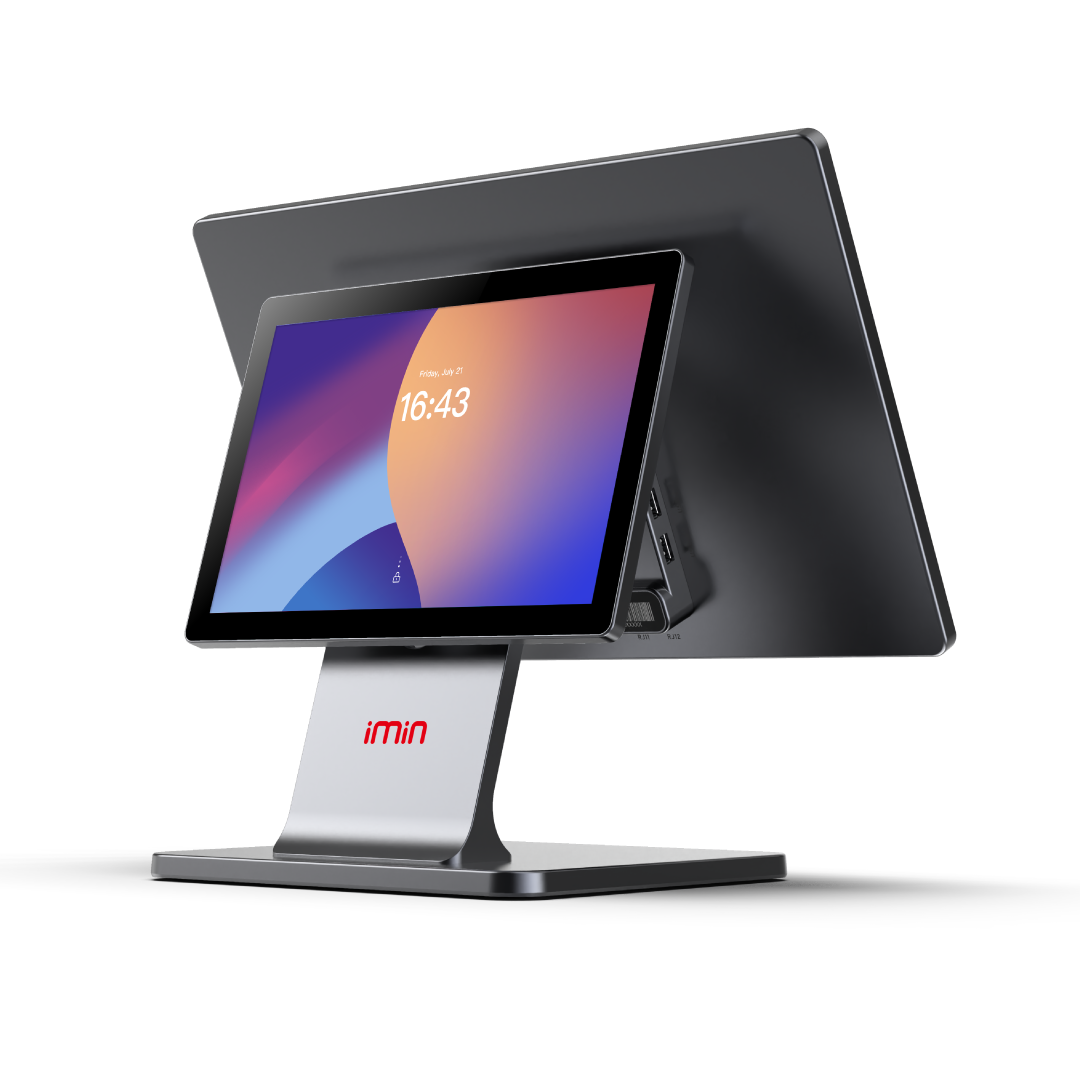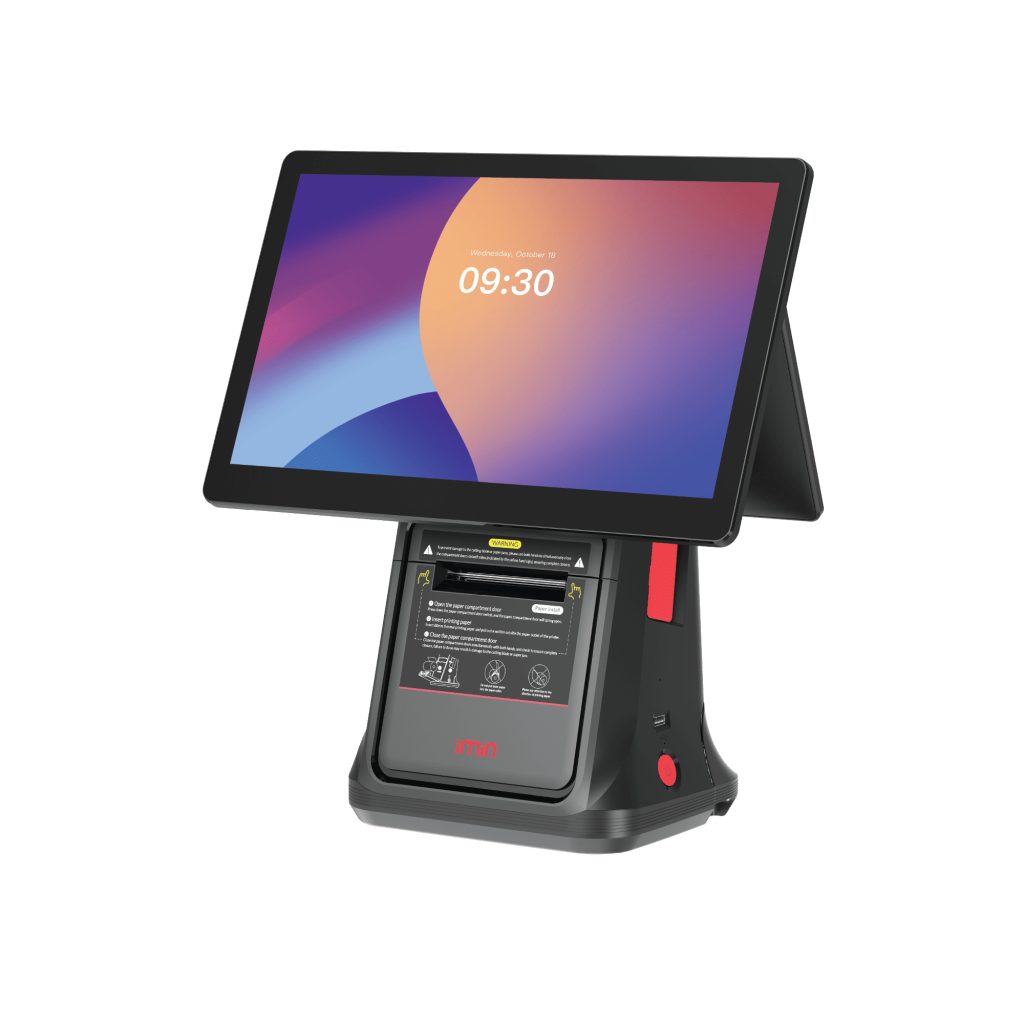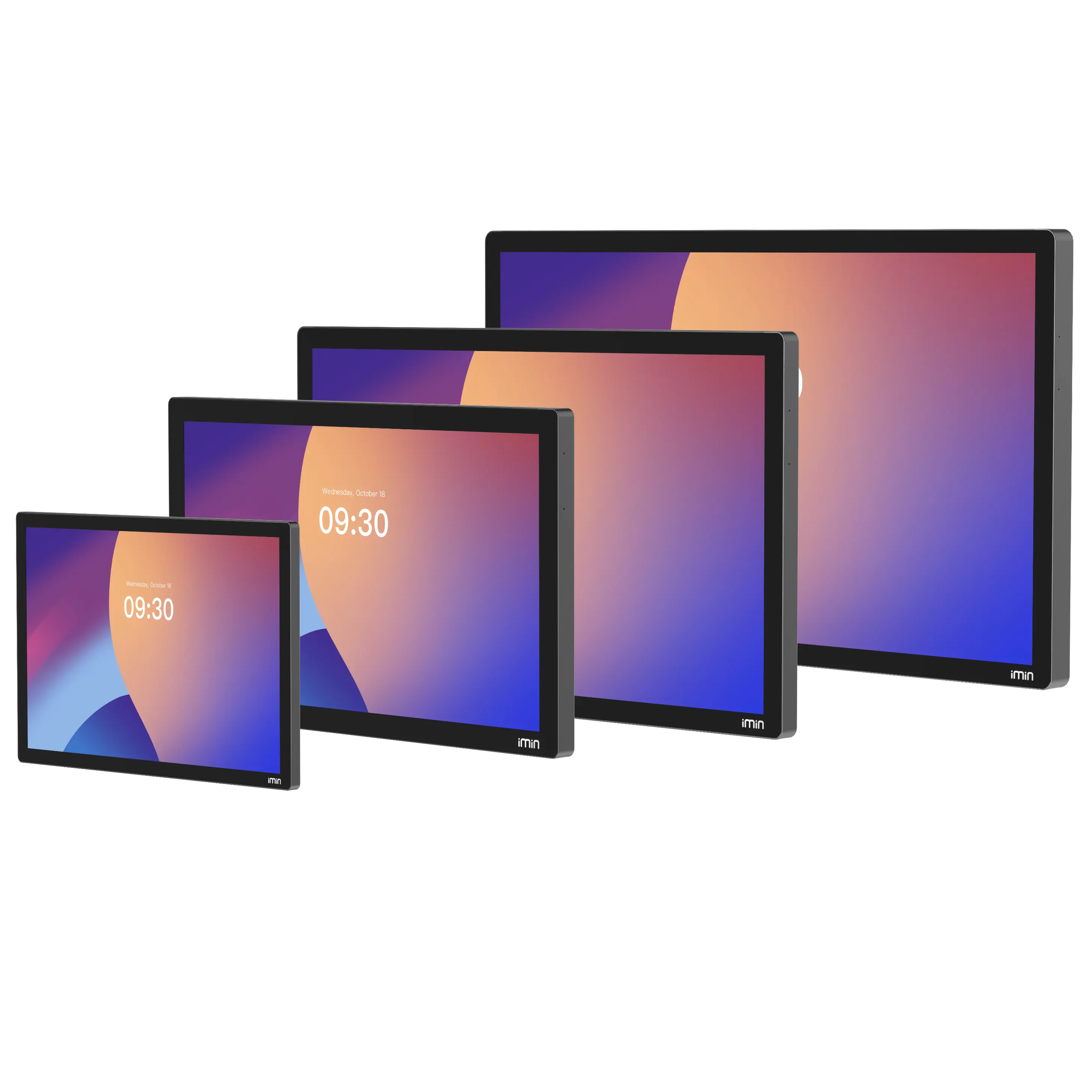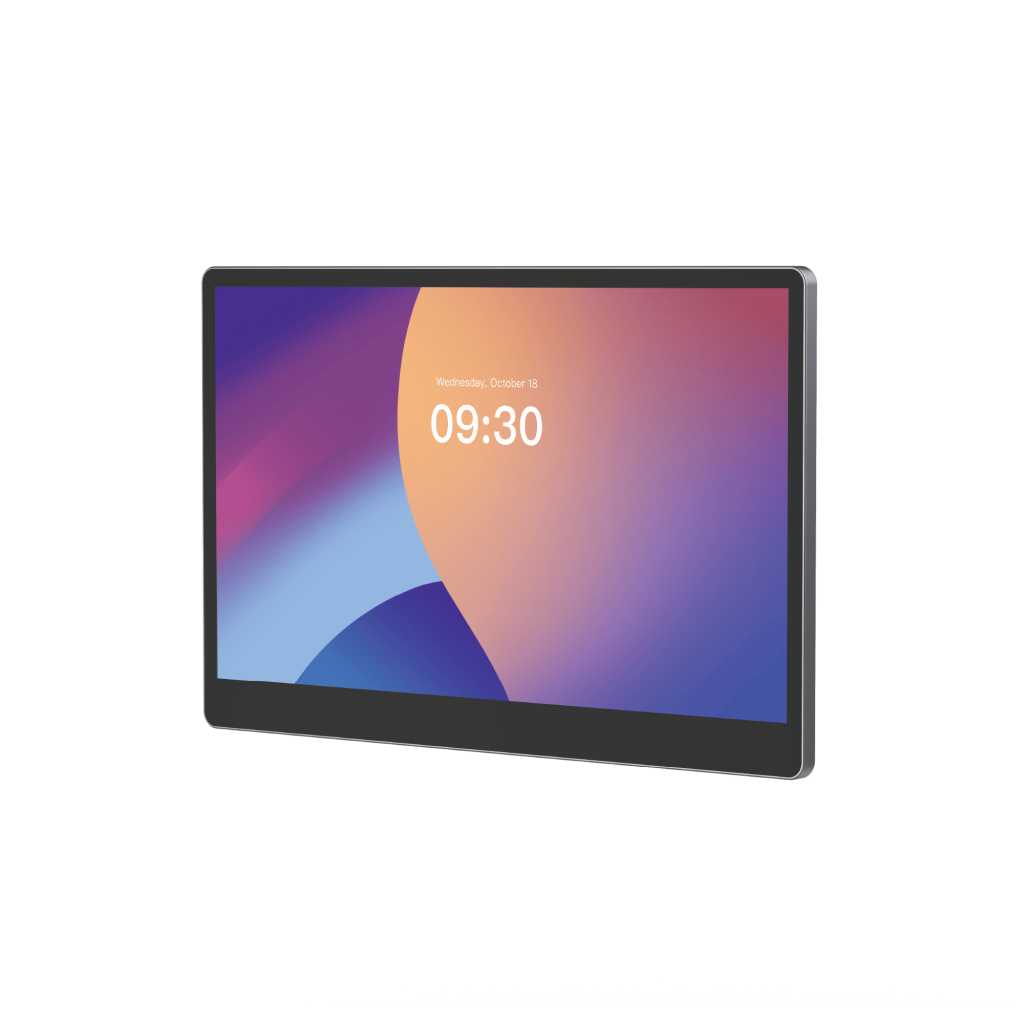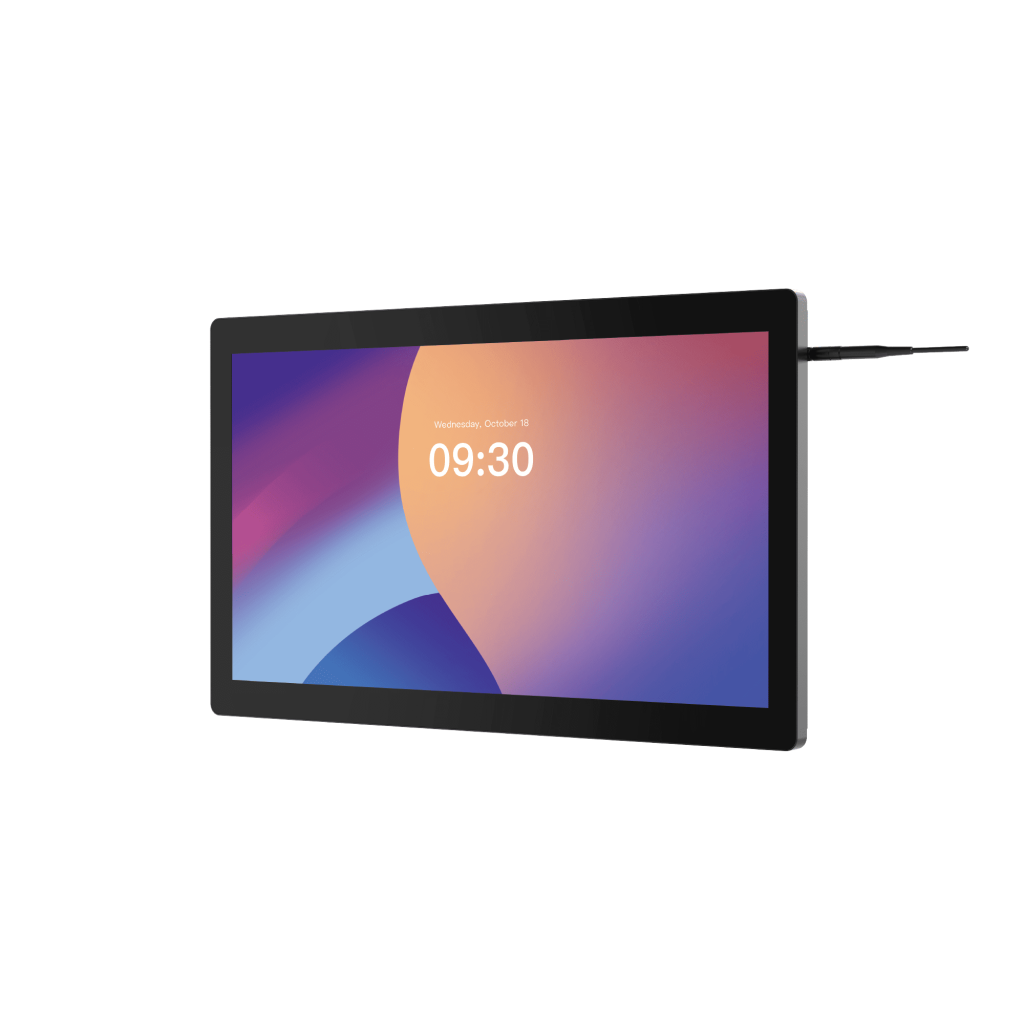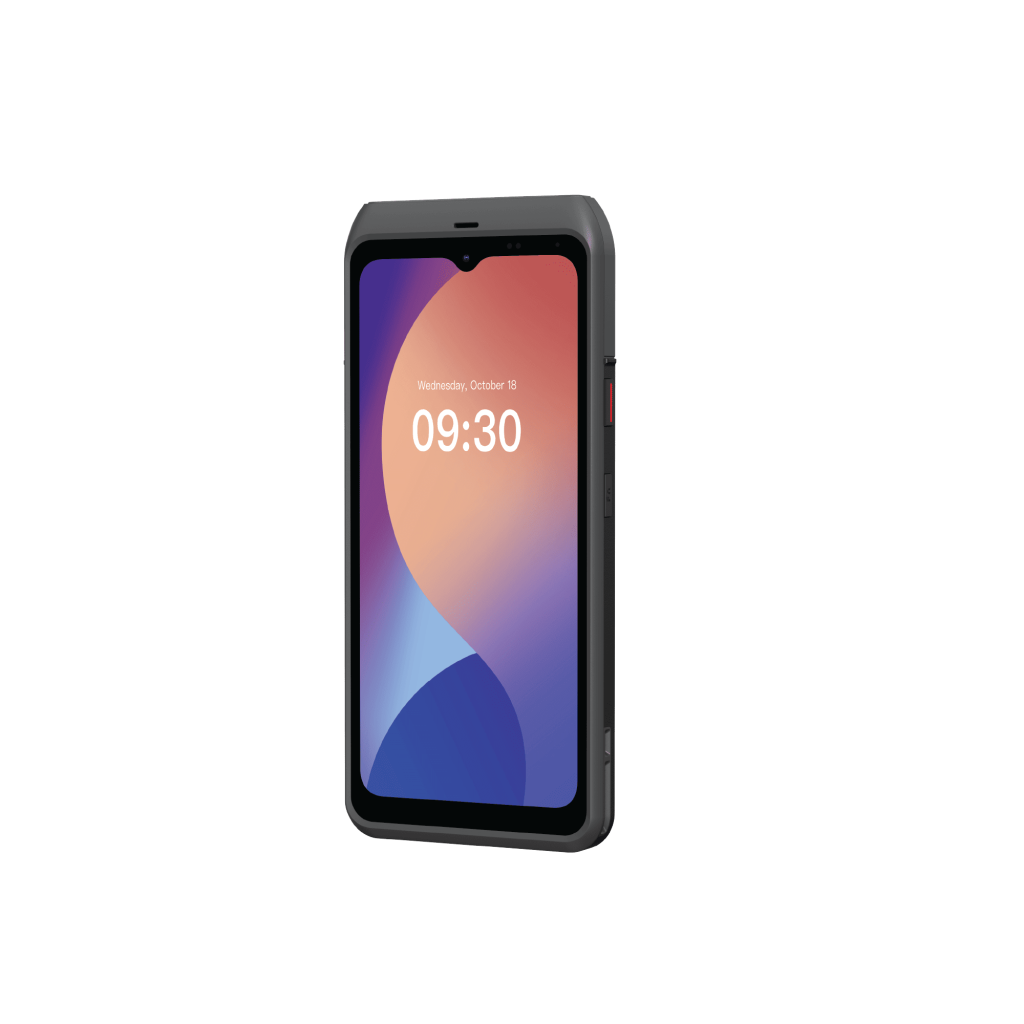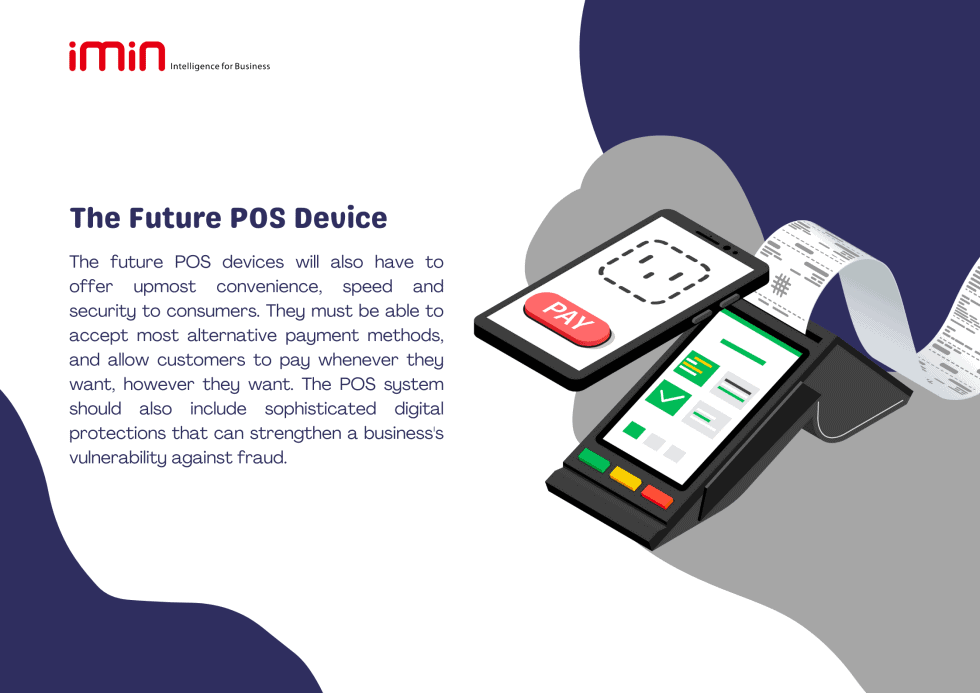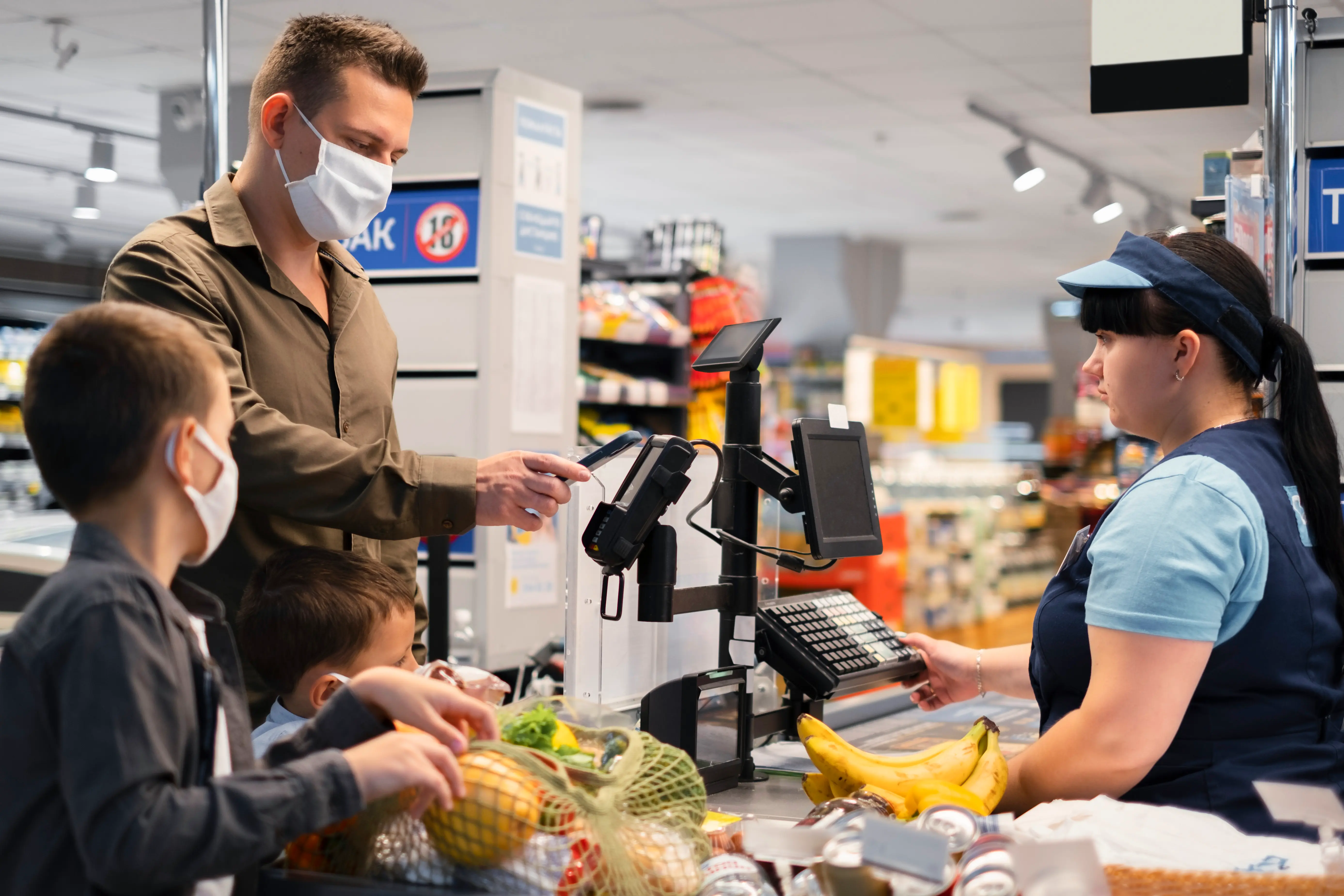Subscribe to newsletter
Check out our POS product lineup
The Future of POS
The point-of-sale (POS) device has become an integral part of any business across any industry. Apart from their initial function to collect payments, these powerful devices have since evolved to perform much greater features than just that. This article explores the trends in the industry that will shape the future of POS.
The Rise of Contactless Payment Methods
Before the COVID pandemic, cashless payments have already existed since the late 1990s. However, they have not been adopted as the main method of payments until recent years. Although the pandemic has undeniably sped up the process of consumers picking up this trend, the truth is that the situation made consumers realize the convenience and utility that such payment methods can bring to their lives. Capgemini Research Institute reported that global contactless payment transactions increased by 31% in 2020 globally.
In today’s world, consumers are simply able to leave their homes with just their mobile devices. They no longer have to bring out physical wallets and cash, and simply go about their day using their mobile wallets instead. By using digital payments through their digital wallets, they are able to pay for just about anything in their daily lives – from groceries, to luxury shopping and even their bus fare to travel around! These tap-and-go payment methods accounted for 36% of card transactions across the UK, highlighting the popularity and increasing adoption.
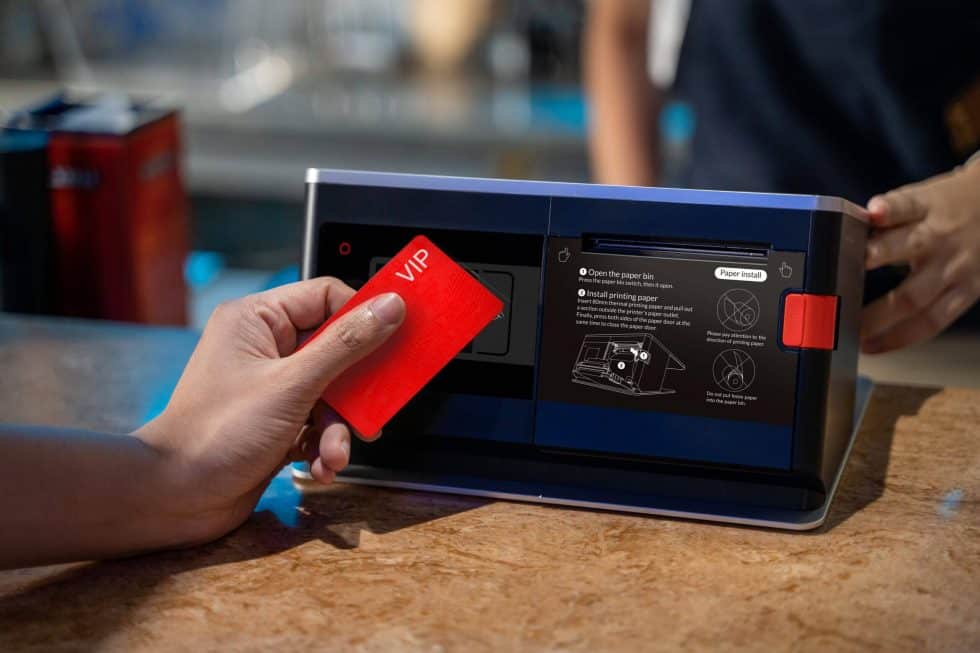
Contactless payments featuring iMin’s Falcon 1 Tablet POS
Apart from using tap and go contactless payment, QR code transactions have also been rising in popularity significantly. From their initial release in 2011, QR code payments are widely adopted across many countries to conduct transactions, mobile payments, in-store purchases, online shopping and even peer-to-peer money transfer.
There are many global statistics that study the trend of contactless payments, and a majority of these studies predict that digital wallets and mobile payments are poised to become the most popular in-store payment method in just 2 more years. A study from Statista (2022) indicated that global cashless payment transactions increased by 7% from the 61% in 2020.
From a global context, more and more merchants are also beginning to understand the benefits of offering such contactless payment methods like quicker transactions, increased security and greater flexibility. This resulted in a rising adoption of contactless payment methods. Hence, the future of POS will be extremely likely to continue on this path.
Evolution of the shopping experience
The shopping experience has changed drastically from the initial conception. In the past, brick-and-mortar stores are the earliest experiences that a customer can come into contact with to view and purchase their goods.
Subsequently, many other forms of shopping were introduced, such as catalog shopping and online shopping which allows for customers to convenient shopping in the comfort of their own homes. However, online shopping provides an unrivalled convenience, selection and experience to all customers.
Fast forward to today, omni-channel shopping is arguably the most popular and used type of shopping experience. Omni-channel shopping seamlessly integrates the online and offline experience in the customer journey. But what exactly does this mean?
Recalling on your own personal shopping experiences, you are likely to first conduct product research through online sources such as the product website, social media or online catalogues. After you have conducted your necessary research, you would then proceed to either order the product to be picked up at the store, or proceed down to the physical store to purchase it. This is omni-channel shopping, where the online and offline no longer exists individually, but as a collective to deliver the best possible shopping experience to customers.
The key about such an experience is convenience, and the power of being able to simply drop by the store to collect and go – an extremely efficient process. Hence, the future of POS must take into consideration to maintain this convenience and seamless experience to fulfil a satisfactory customer experience.
The future of POS in Android
When discussing about what the potential future POS device might look like, Android will always be a top competitor as the leading operating system in the category.
Android provides a significant edge over other operating systems with the abundance of benefits that it can provide.
With Android’s open source system, developers are able to make uniquely tailored applications and features that can perfectly suit one’s business. It allows for the maximum level of customizability, security and developer support since the developers are able to design anything that their skill allows for.
In addition, Android hardware devices are compatible with near field communication (NFC) technology, a pre-requisite for merchants to be able to take advantage of SoftPOS technology. Using this technology, merchants are now able to directly accept card payments on their devices without the requirement to have additional payment acceptance hardware. This can significantly reduce the cost to afford and adopt a POS device, especially for smaller merchants.
To add on, software providers no longer need to spend large costs to obtain a PCI-certified payment terminal, but partner with hardware providers with SoftPOS licenses to enter the market.
Android devices are also extremely secure. Google takes extreme caution in their data protection, and invests significant money to protect their users. With the frequent updates being made to the Android operating system, it means that there are frequent inclusion of new security measures to improve on old ones. This allows for the best protection against malicious online attacks.
Android holds the key to secure transactions, flexible software and affordable adoption. This provides business owners with all they need to get started and integrated into the digital payment eco-system.
What kind of features should be expected?
The modern day POS devices can be used as powerful tools that merchants can take advantage of to build their business. They do not simply exist as a cash register or a cash drawer anymore.
Modern POS devices are likely to be heavily equipped with business intelligence, and will be run on cloud-based systems. Using cloud-based POS systems allow for businesses to operate on the go and on a wide scale. Merchants will be able to add and remove devices whenever applicable, and this allows them to easily integrate digital payment systems into new locations.
They are also able to control all metrics of their business through a single device since key sales data is always being updated and synced to the cloud. This allows them to make use of this digital technology to make better business decisions and achieve high business efficiency.
Another feature to take note of is the potential of customer relationship management (CRM). The integration of artificial intelligence and machine learning are likely to play a key role in the future of POS. These technologies are able to help businesses better understand and analyze customer data in order to generate deep insights about buying habits and preferences. These information can also be used to help business operations, especially in retail, as the retail store manager can use this information to optimize pricing and inventory management processes.
Using strong POS software to help study customer profiles, it will add an element of personalization which will be extremely useful to predict customer behavior and hit customer expectations. These will be extremely helpful to shape business models accordingly, and also help to curate programs that can encourage customer engagement, customer loyalty and increase satisfaction at all customer touchpoints. The iMin Swan 1 Desktop POS is a great candidate to manage CRM activities with it’s dual-screen set up and flexible 1m cable.
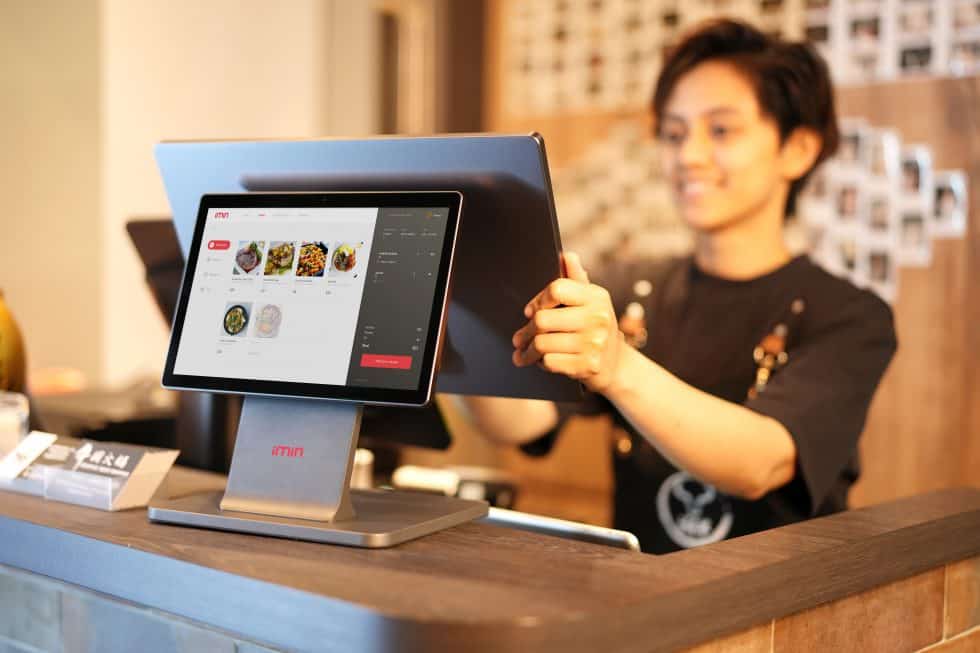
iMin Swift 1 Desktop POS with dual-screen set up
A future POS system should embody customizability and scalability, while allowing businesses to craft a solution that meets not only their business needs, but improving a personalized touch for their customers to improve their shopping experiences and increase profitability.
What should the future of POS look like?
The trend of mobile compatibility is here to stay. Modern POS devices allow greater flexibility and utility as compared to the past. The future POS environment should strongly include the usage of handheld devices. Untethered POS devices are the next step up for not only the retail business, but other industries as well.
With business associates equipped with mobile handheld devices, businesses are now able to provide a truly seamless shopping experience. From checking availability of items, to processing orders on the spot and even interacting with valued customers, mobile POS devices can help businesses reach peak efficiency. Not only does this reduce bottlenecking at the checkout counter, it also increases the flexibility for customers and manufactures relationship building between business and the customer base, providing opportunities to obtain customer feedback.
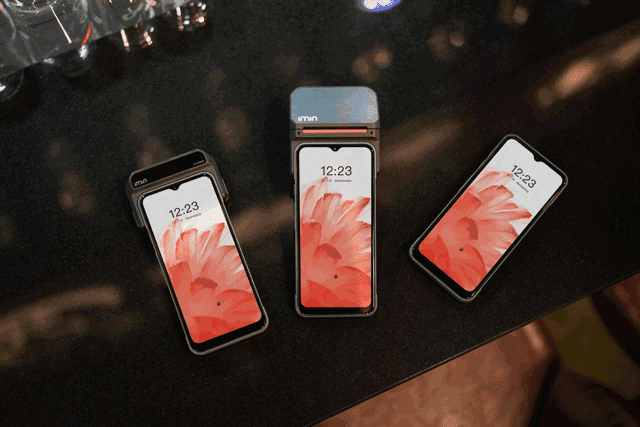
iMin’s Swift 1 Mobile POS in all 3 forms
Self-service kiosks are also likely to remain extremely popular. Self-service kiosks provide faster service to customers by reducing their waiting times. It facilitates a quicker ordering process and reduces the burden on service staff so they can perform other value adding activities. It also reduces the possibility of human error by the staff as customers are responsible for inputting and ensuring that their order is correct. The self-service kiosks can also help business increase upselling opportunities by suggesting popular items as upgrades by studying customer preferences. Self checkout is no longer just for grocery shops, and both retailers and the food industry should look to integrate this into their business.
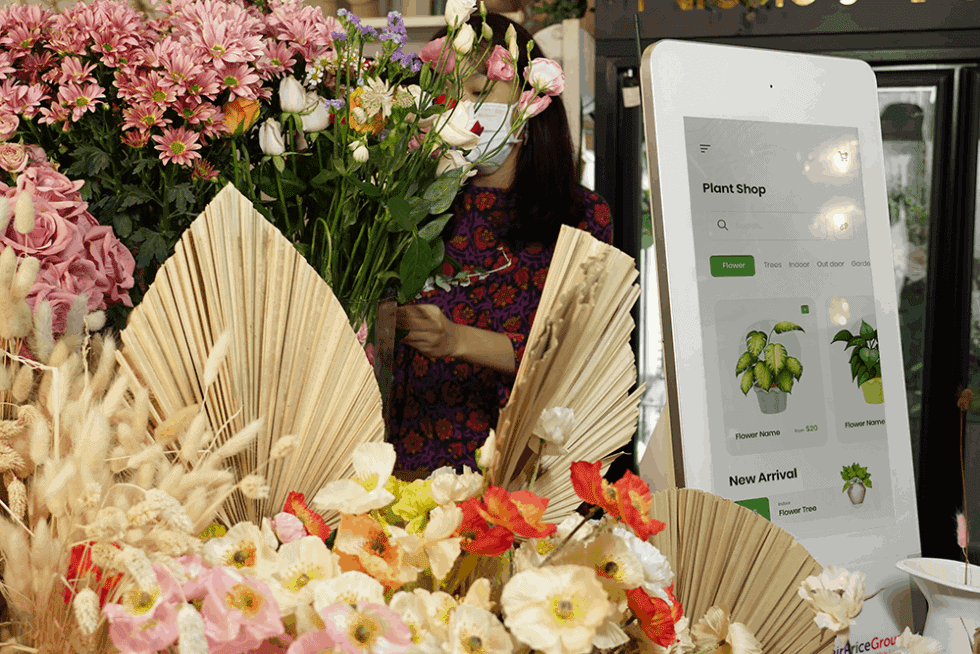
iMin S1 Self-Kiosk
The future POS devices will also have to offer upmost convenience, speed and security to consumers. They must be able to accept most alternative payment methods, and allow customers to pay whenever they want, however they want. The POS system should also include sophisticated digital protections that can strengthen a business’s vulnerability against fraud. They must be able to identify and reject fake or cloned cards, unjustified chargebacks and protect against employee theft.
A wholesome POS solution should also be able to help businesses reach their customers with more personalized deals. With the increasing improvement of technology, data analytics in POS should also become more effective and accurate. Through the usage of guest profiles, customers can be encouraged to store purchase histories, preferences and details to achieve a smooth checkout with better targeted offers. Apart from just loyalty tools, POS devices must be used to study the sale trends in the store and identify customer buying patterns to deliver the best possible experience.
As time goes by, technology and advancements in AI will definitely play a huge role in shaping the POS world. The value of a wholesome POS solution must be recognized by merchants, and they must quickly integrate themselves into the digital payment eco-system to prevent losing out to their competitors. Get started today!
